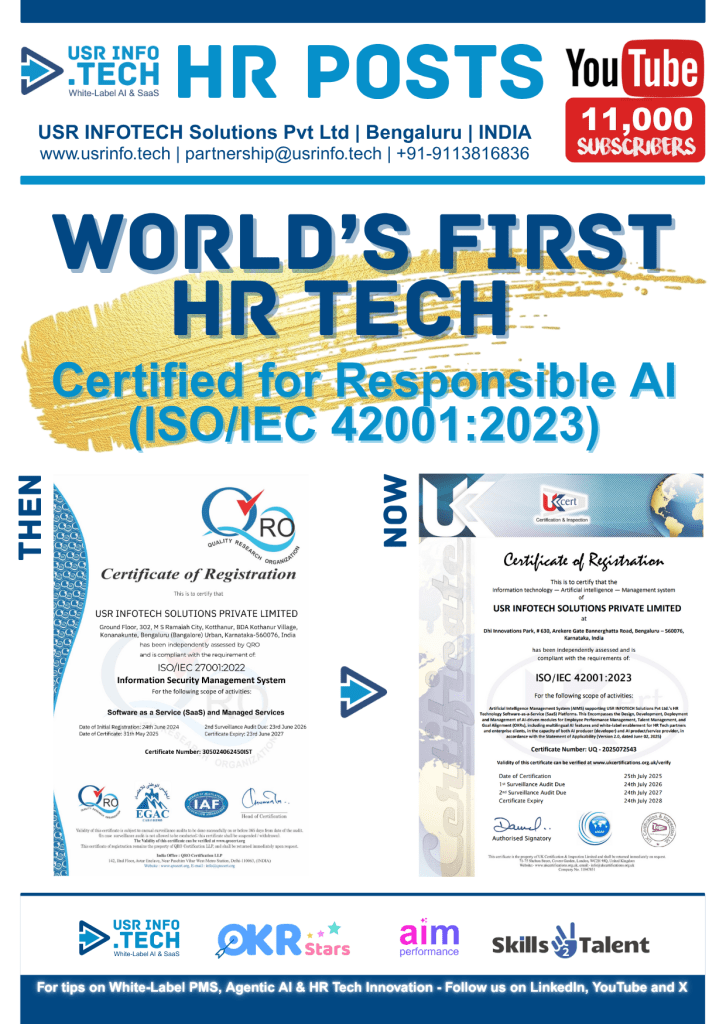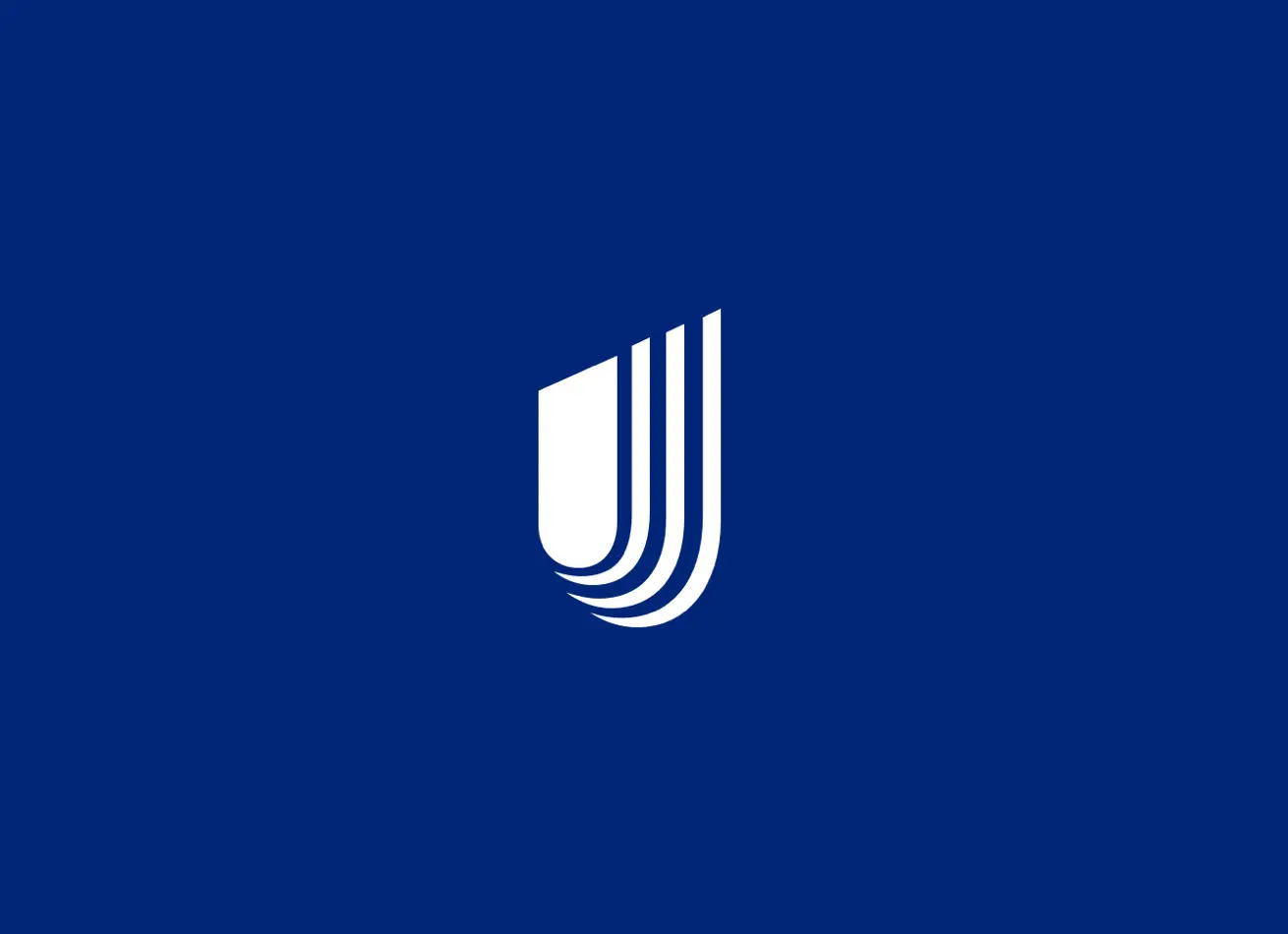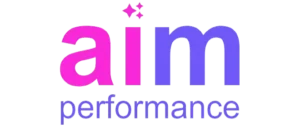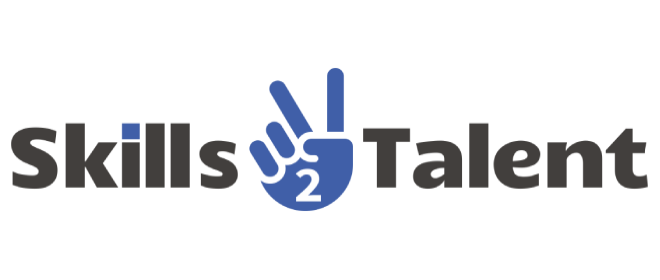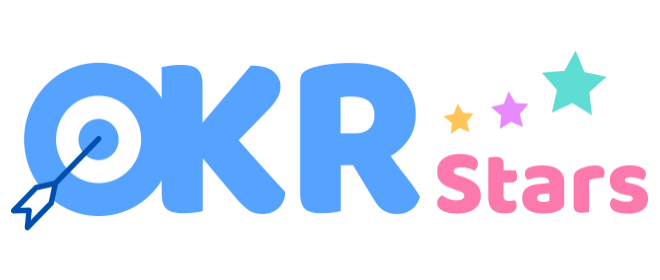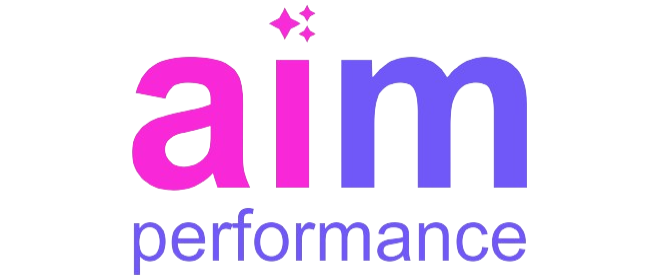In today’s fast-paced business world, achieving goals quickly and efficiently is paramount. Objectives and Key Results (OKRs) have emerged as a powerful tool to help organizations streamline their processes and achieve more in less time. This blog post will delve into how you can fast-track your goals using OKRs, ensuring that you achieve more, faster.
Understanding the Basics of OKRs
OKRs is a goal-setting framework used by many leading organizations to define and track objectives and their outcomes. At its core, OKRs help align the goals of individuals and teams with the overall mission of the organization. By doing so, OKRs foster a sense of direction and purpose.
An Objective is a clearly defined goal that you want to achieve, while Key Results are specific, measurable outcomes that indicate how well you are progressing toward that objective. For instance, an objective could be to “increase customer satisfaction,” and a key result could be to “improve customer satisfaction scores by 20%.”
The Power of Clear Objectives
One of the critical benefits of OKRs is their ability to create clear and concise objectives. Clear objectives ensure that everyone in the organization knows what they are working towards, eliminating ambiguity and confusion. This clarity is essential for fast-tracking goals as it prevents time wasted on unproductive tasks.
Furthermore, clear objectives make it easier to measure progress. When everyone understands the goal, they can track their progress more effectively and make necessary adjustments to stay on track. This ongoing monitoring is crucial for maintaining momentum and achieving goals faster.
Setting Ambitious Yet Achievable Key Results
While setting ambitious goals is important, it’s equally crucial to ensure that the key results are achievable. OKRs encourage setting high-reaching goals, but these goals should be realistic and attainable. Striking this balance is vital for maintaining motivation and preventing burnout.
For instance, if your objective is to “double the number of new customers in six months,” your key results should be challenging yet achievable. This might include “launching three new marketing campaigns” or “increasing website traffic by 50%.” By setting realistic key results, you ensure that your team remains motivated and focused on achieving these goals.
Aligning OKRs with Organizational Strategy
To truly fast-track goals with OKRs, it is essential to align them with the broader organizational strategy. This alignment ensures that every team and individual is working towards the same overarching objectives, fostering synergy and collaboration across the organization.
When OKRs are aligned with the organizational strategy, they contribute directly to the company’s mission and vision. This alignment not only accelerates goal achievement but also ensures that the efforts are meaningful and impactful, driving the organization forward.
Enhancing Focus and Prioritization
One of the significant advantages of OKRs is their ability to enhance focus and prioritization. By clearly defining objectives and key results, OKRs help teams and individuals prioritize their tasks and focus on what matters most. This focus is crucial for fast-tracking goals as it prevents distractions and ensures that resources are allocated effectively.
OKRs also facilitate better time management. When everyone knows their priorities, they can allocate their time and energy more efficiently, avoiding unnecessary delays and accelerating the achievement of goals.
Driving Accountability and Ownership
OKRs foster a culture of accountability and ownership within the organization. When objectives and key results are clearly defined, everyone knows their responsibilities and what is expected of them. This accountability drives individuals to take ownership of their tasks and work diligently towards achieving their goals.
Moreover, the transparency associated with OKRs ensures that progress is visible to everyone. This visibility encourages collaboration and support among team members, further accelerating goal achievement.
Regular Review and Adjustment
To effectively fast-track goals with OKRs, regular review and adjustment are essential. OKRs are not static; they should be reviewed frequently to ensure they remain relevant and aligned with the organizational strategy. Regular check-ins and updates help identify any obstacles or challenges early on, allowing for timely interventions and adjustments.
This iterative process of review and adjustment keeps the organization agile and responsive, enabling it to adapt quickly to changing circumstances and continue progressing towards its goals.
Utilizing OKR Tools and Software
In today’s digital age, various OKR tools and software can aid in the effective implementation and management of OKRs. These tools provide a centralized platform for setting, tracking, and reviewing OKRs, ensuring that everyone is on the same page and that progress is visible to all stakeholders.
Utilizing OKR tools can significantly streamline the goal-setting process, enhance communication and collaboration, and provide valuable insights through data and analytics. These benefits contribute to the overall efficiency and effectiveness of the OKR framework, helping organizations achieve their goals faster.
Celebrating Success and Learning from Failures
Finally, celebrating success and learning from failures are crucial components of the OKR framework. Recognizing and celebrating achievements boosts morale and motivation, reinforcing the value of hard work and dedication. This positive reinforcement encourages continued effort and commitment towards future goals.
Similarly, learning from failures is essential for continuous improvement. By analyzing what went wrong and why, organizations can identify areas for improvement and make necessary adjustments to avoid similar pitfalls in the future. This iterative learning process ensures that the organization is constantly evolving and improving, ultimately fast-tracking its goals.
Conclusion
Fast-tracking goals with OKRs is a powerful strategy that can help organizations achieve more in less time. By setting clear objectives, defining achievable key results, aligning OKRs with the organizational strategy, and fostering a culture of accountability and continuous improvement, organizations can accelerate their progress and achieve their goals faster.
Implementing OKRs requires commitment and discipline, but the rewards are well worth the effort. With the right approach and mindset, OKRs can transform the way organizations set and achieve their goals, driving success and growth.


